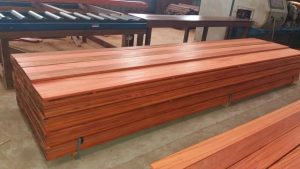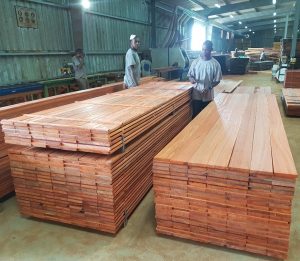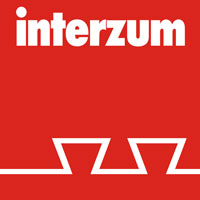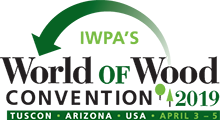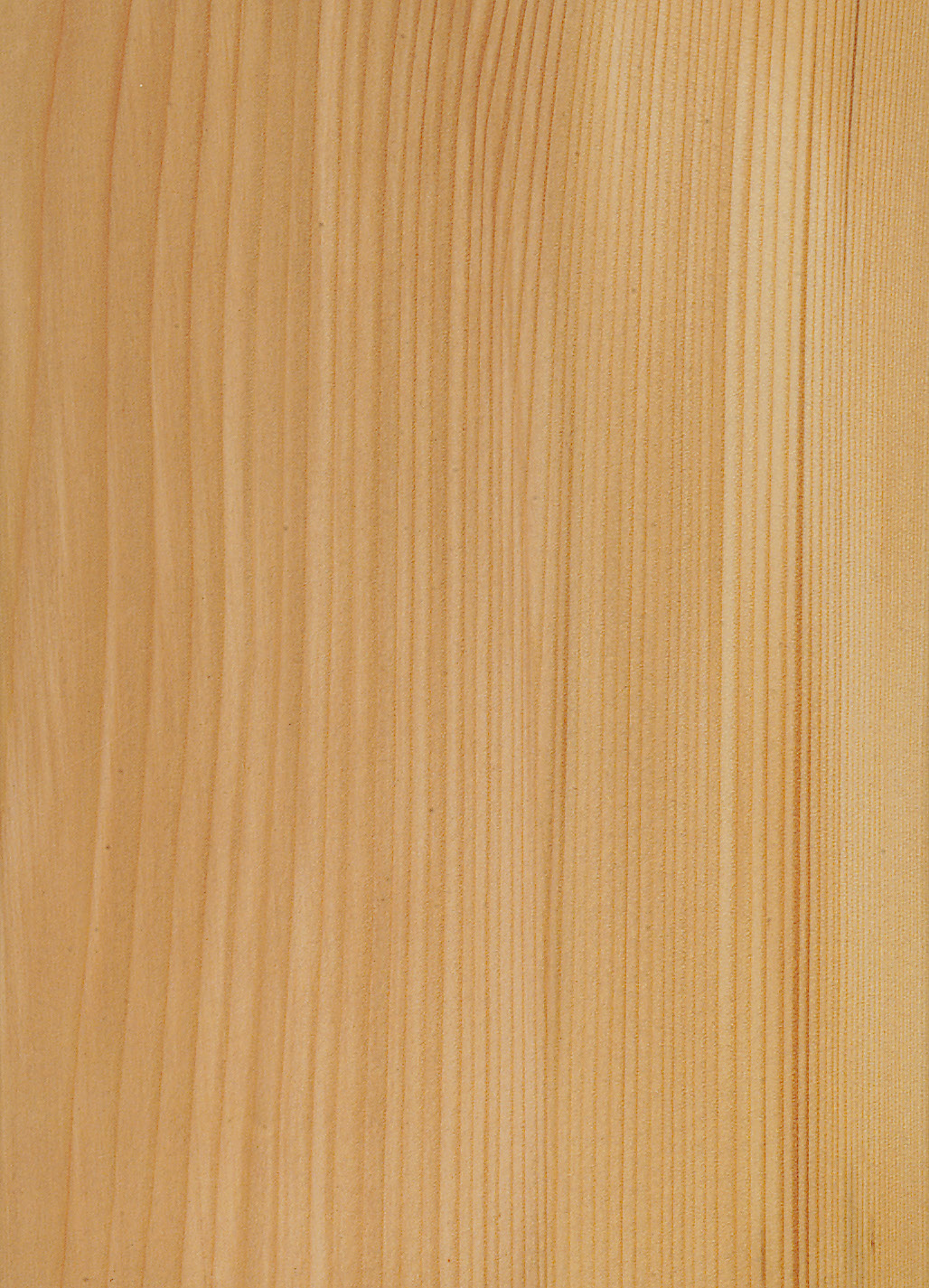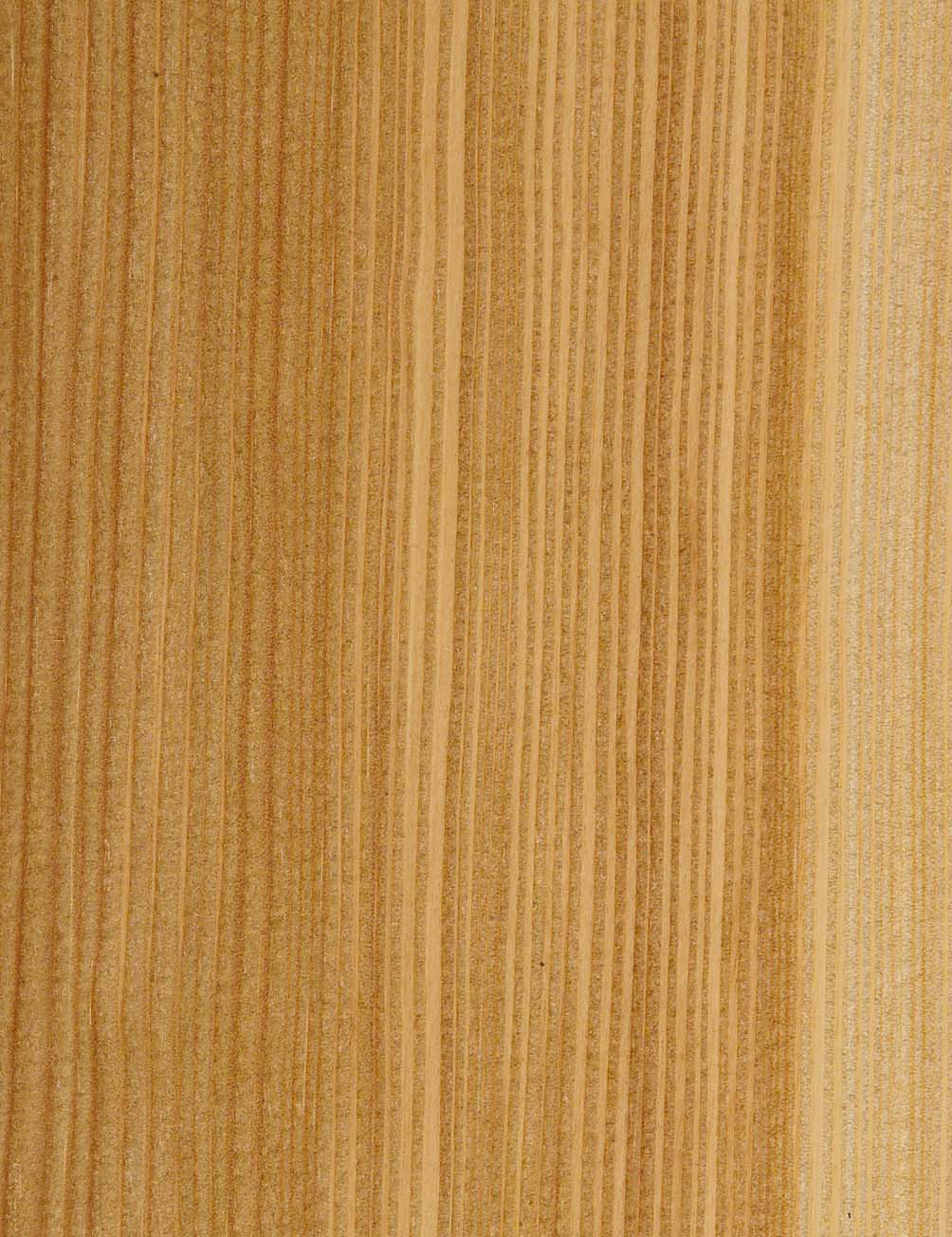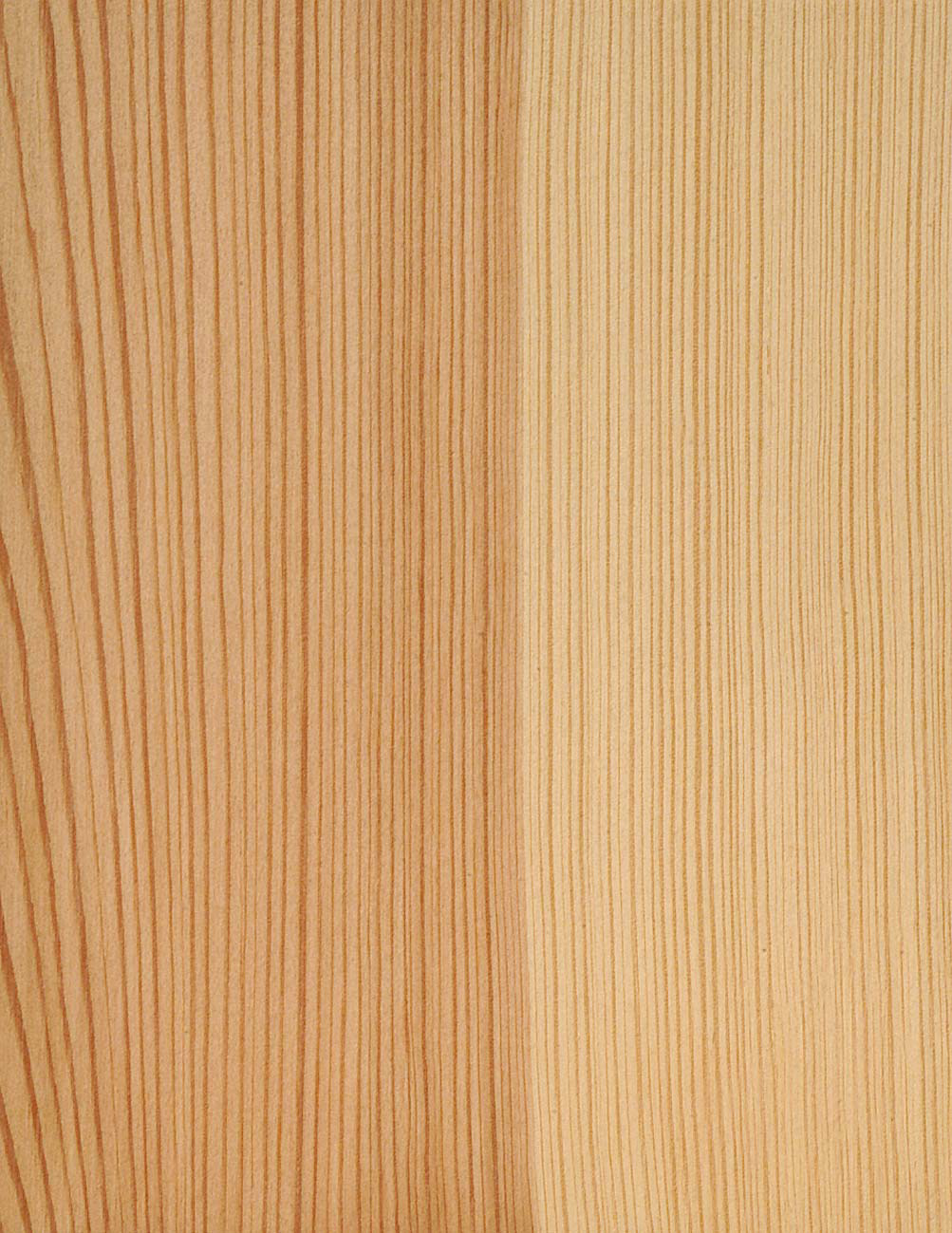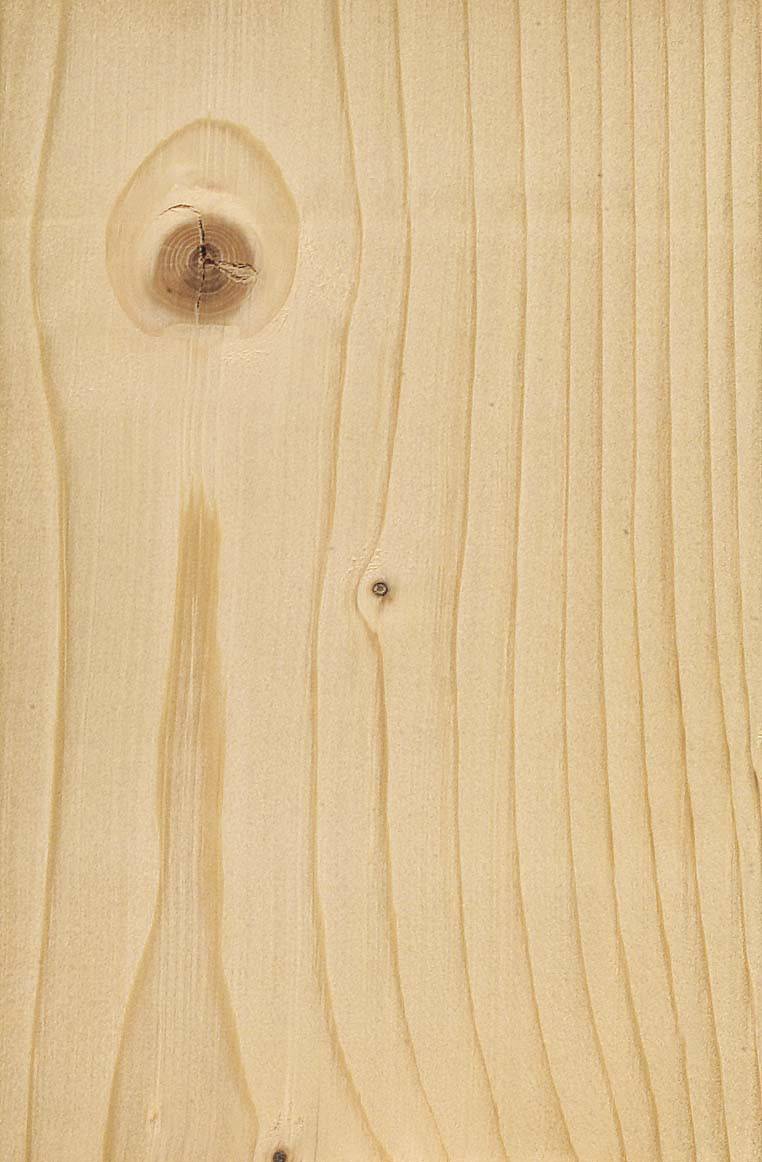FIR
Woods of the genus Abtes are widespread in the Northern hemisphere. Most of them (37) are found in a region that reaches from Asia Minor to Japan. The Nordmann Fir (A. normanniana) is one these trees, and is known on the European market as a typical Christmas tree.
Description
| Botanical name: | Abies alba |
| Overall character: | Straight grained, light and resin-free conifer wood with no core coloring and pronounced growth rings. |
| Color and structure: | The sapwood and heartwood are not different in color. The wood has a matte red to yellowish white tint, often with a grey-violet tint. |
| Characteristics/features: | Tear strength: u12-15: 8095(120) N/mm² Shear strength: u12-15 : 6,28,4 N/mm² |
| Areas of use: | Due to the great workability and the relatively good technical properties, fir wood can be used in many ways. It is used as roundwood, sawn timber, veneer and in the form of glued components. |
| Sources: | https://www.holzvomfach.de |



